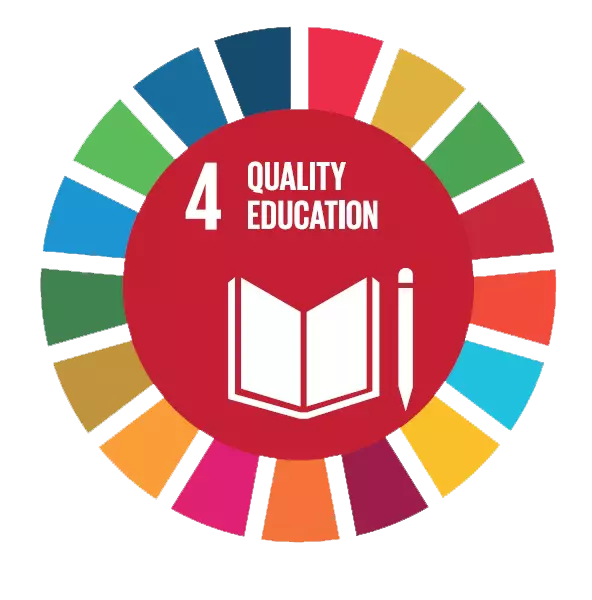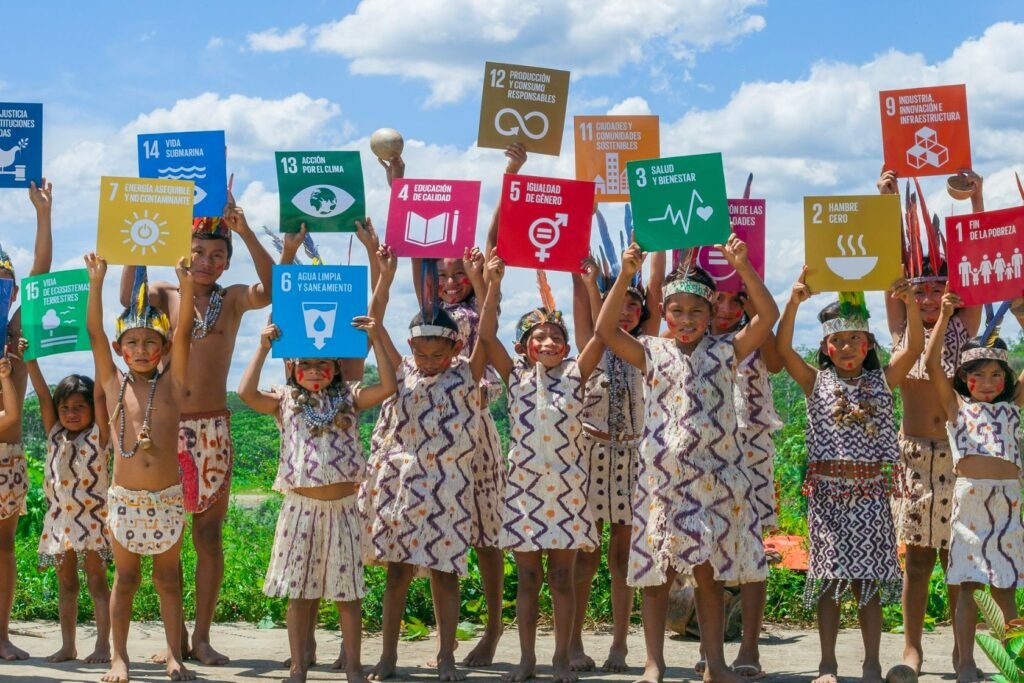Let us come together to harness the potential of education as a catalyst for peace and sustainable development.
Let us come together to harness the potential of education as a catalyst for peace and sustainable development.

South Asia is a region of immense diversity, rich history, and cultural heritage. However, it continues to face significant challenges, including social inequalities, conflict, and environmental vulnerabilities. These challenges emphasize the need for a collective and regional approach to promote peace, stability, and sustainable development. Education serves as a transformative tool to address these challenges. By equipping individuals with the knowledge, skills, and values necessary to resolve conflicts, foster inclusion, and promote coexistence, education lays the foundation for long-lasting peace. Recognizing the critical role of education, the South Asian Summit on Education for Peace aims to bring together thought leaders, policymakers, educators, and youth advocates to discuss and advance the role of education in peacebuilding and sustainable development.
Context and Relevance
South Asia’s youth population is one of the largest in the world, representing a unique opportunity to invest in the future of the region. Education systems across the region, however, face challenges in providing equitable access, inclusivity, and relevance to emerging global needs. By embedding peace education into these systems, nations can nurture a generation of leaders who are equipped to address complex global challenges, including climate change, inequality, and conflict.
Moreover, regional collaboration and cross-border initiatives are crucial for addressing common challenges and building a shared vision for peace and development. This summit serves as a platform to strengthen regional partnerships and advance a unified commitment to achieving the Sustainable Development Goals (SDGs), particularly SDG 4 (Quality Education) and SDG 16 (Peace, Justice, and Strong Institutions).
Sustainable Development Goals
The 2030 Agenda for Sustainable Development, adopted by all United Nations Member States in 2015, provides a shared blueprint for peace and prosperity for people and the planet, now and into the future. At its heart are the 17 Sustainable Development Goals (SDGs), which are an urgent call for action by all countries – developed and developing – in a global partnership. They recognize that ending poverty and other deprivations must go hand-in-hand with strategies that improve health and education, reduce inequality, and spur economic growth – all while tackling climate change and working to preserve our oceans and forests.
Why Education for Peace?
The nexus between education and peace is well-established. Education has the power to:
- Address the root causes of conflict by promoting understanding and dialogue.
- Build a sense of global citizenship and shared responsibility among youth.
- Reduce inequalities and empower marginalized communities.
- Foster skills for critical thinking, empathy, and collaboration, which are essential for peaceful coexistence.
In South Asia, where political tensions and social divides often hinder progress, peace education becomes an indispensable strategy to bridge divides and empower communities to work toward common goals.
Objectives of SASEP
Explore the potential of education to foster peace and address regional challenges. Facilitate dialogue and collaboration among South Asian countries to promote peace education. Share innovative approaches and best practices in integrating peace education within formal and informal education systems. Empower youth to lead efforts toward sustainable development and peaceful coexistence.






